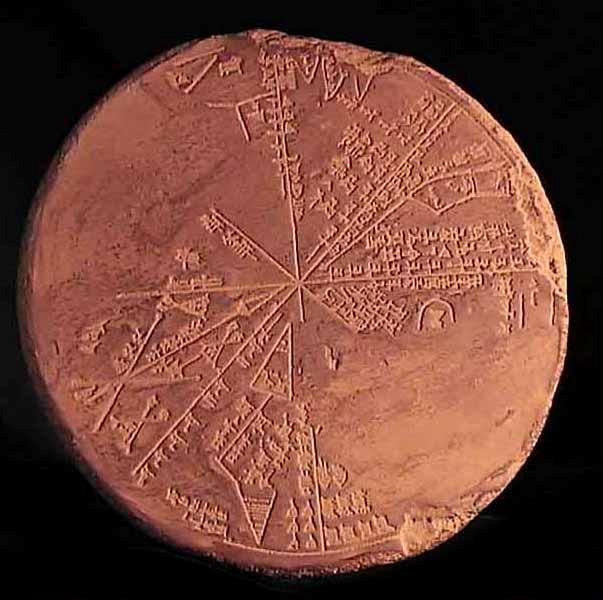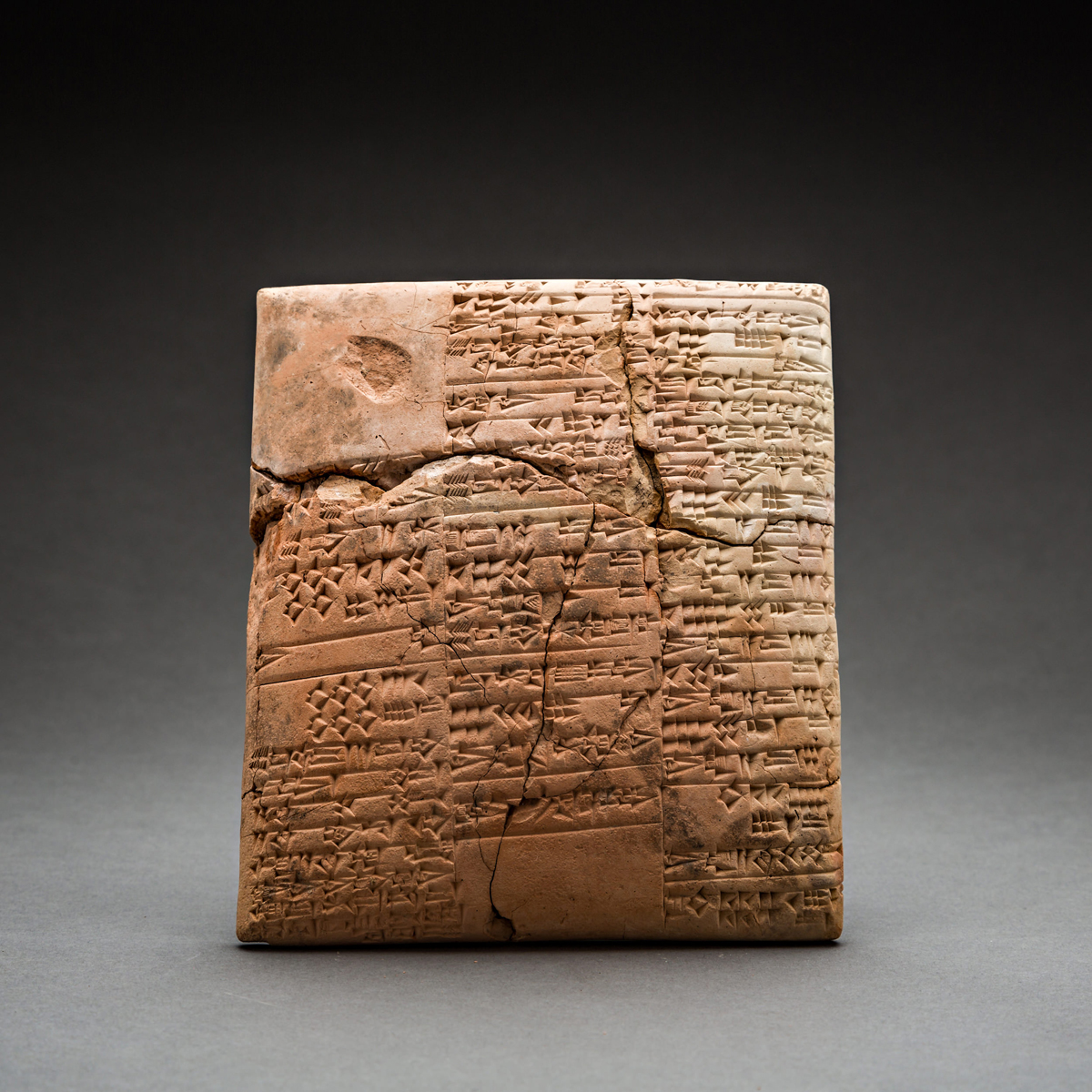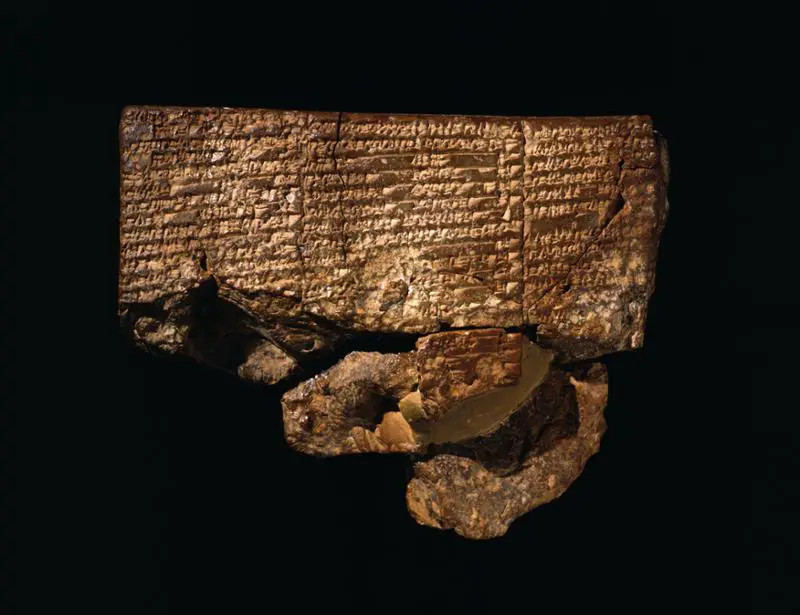
A Sumerian cuneiform clay tablet with envelope, 22001900 B.C.
Whether a scribe was learning through reading and copying or creating new texts, lists of words, names, or numbers in cuneiform were the primary way to display scholarly interconnections between terms and concepts. 2. By contrast, drawings and diagrams on clay represent a different way of conveying scholarly knowledge.

Sumerian cuneiform star map clay tablet A witness's account of a milelong asteroid that hit the
Documents and text were inscribed by the Sumerians on clay tablets, which has the advantage of greater durability than paper. One of the consequences of this is that a large number of Sumerian clay tablets have survived over the millennia and have been unearthed by archaeologists.

British Museum 5,500YEAROLD SUMERIAN STAR MAP An ancient Sumerian astronomer recorded on
Sumer Coordinates: 32°N 46°E Sumer ( / ˈsuːmər /) is the earliest known civilization in the historical region of southern Mesopotamia (now south-central Iraq ), emerging during the Chalcolithic and early Bronze Ages between the sixth and fifth millennium BC.

Sumerian Cuneiform Tablet Barakat Gallery Store
The Sumerians etched documents and texts on Sumerian clay tablets, which have a longer lifespan than paper. As a result, a great number of these Sumerian tablets have survived throughout millennia and have been discovered by archaeologists. Much data could be gleaned from these Cuneiform tablets after the ancient Sumerian texts were decoded.
.jpg?maxwidth=1500&maxheight=700)
FIVE SUMERIAN CLAY CUNEIFORM TABLETS
A Stray Sumerian Tablet has been published today by Cambridge University Library and focuses on a diminutive clay tablet, written by a scribe in ancient Iraq, some 4,200 years ago. A description of the tablet along with high-resolution images and a 3D model can also be seen on Cambridge Digital Library.
.jpg?mode=max)
A SUMERIAN CLAY CUNEIFORM TABLET
The Sumerian star map shows people observed and recorded Köfels' impact more than 5,500 years ago. With modern computer programs that can simulate trajectories and reconstruct the night sky thousands of years ago, the researchers have established what the Planisphere tablet refers to.

Pin on Iraq
Posted on May 27, 2020 2 min read 20849 The ancient Sumerian astronomer is believed to have carried out trigonometrical measurements detailing the object's flight path in the sky as well as the probable impact site. advertisement Around 3,000 BC, an ancient Sumerian astronomer was observing the sky as he usually would.

Sumerian Map, Clay Cuneiform Tablet Photograph by Science Source Fine Art America
The Babylonian Map of the World (or Imago Mundi) is a Babylonian clay tablet written in the Akkadian language. Dated to no earlier than the 9th century BC (with a late 8th or 7th date being more likely), it includes a brief and partially lost textual description. The tablet describes the oldest known depiction of the known world.

Sumerian Cuneiform Clay Tablet, Reign of ShuSin
The 38 tablets are dated from the reign of Gudea of Lagash (2144-2124 B.C.) to Shalmanassar III (858-824 B.C.) during the New Assyrian Empire (884-612 B.C.). The collection includes 38 items in a variety of materials-mostly clay tablets, but also several brick fragments and two clay cones.
.jpg)
SEVEN SUMERIAN CLAY CUNEIFORM TABLETS , THIRD DYNASTY OF UR, CIRCA 21122004 B.C. Christie's
An ancient clay tablet housed at the British Museum has puzzled experts for more than 150 years. The Cuneiform tablet in the British Museum collection No K8538 is known as "the Planisphere." Translated more than ten years ago, the clay tablet is an ancient Sumerian Star Map. Researchers claim it describes an asteroid impact in ancient times.

The Ancient Sumerian tablet of Nippur is the oldest description of the Great Flood Ancient Code
Description Fragment of a circular clay tablet with depictions of constellations (planisphere). Neo-Assyrian. The reverse is uninscribed. Section of a sphere or instrument for astrological calculations. The flat side is inscribed with mathematical figures and descrip Cultures/periods Neo-Assyrian Excavator/field collector

Sumerian cuneiform star map clay tablet A witness's account of a milelong asteroid that hit the
The Sumerian civilisation is considered to be the cradle of human civilisation and the oldest in human history, dating back to over 8,000 years ago. This human settlement and civilisation took place in Mesopotamia. Currently, Mesopotamia is mostly Iraq and stretches into Iran, Anatolia, other parts of Middle East and central Asia.

The Oldest Known Map The Map of Nippur This ancient clay tablet dates to the 14th13th century
This period is considered the Age of Sargon, named for the ruler who conquered Mesopotamia. The "maps" are in the collections of the British Museum and the Fogg Art Museum in Cambridge, Massachusetts. An even earlier "map"—if it can really be called that, is a clay tablet from Babylon made sometime in the 6th Century BC.

Sold Price Small Sumerian Clay Cuneiform Tablet May 4, 0119 800 AM MDT
The first written language in Mesopotamia is called Sumerian. Most of the early tablets come from the site of Uruk, in southern Mesopotamia, and it may have been here that this form of writing was invented. These texts were drawn on damp clay tablets using a pointed tool.

The 10,000 yearold Sumerian space maps, dictated by ET Homo Sapiens from Nibiru
Getty Images / DeAgostini Ruins of the city of Kish, which Kubaba supposedly ruled. One of the greatest sources of information on ancient Mesopotamia is the so-called "King List," a clay.

British Museum 5,500YEAROLD SUMERIAN STAR MAP An ancient Sumerian astronomer recorded on
Clay tablet; map of the world; shows the world as a disc, surrounded by a ring of water called the "Bitter River"; "Babylon" is marked as a rectangle at the right end of the Euphrates although the city actually occupied both banks of the river during most of its history; the river Euphrates flows south to a horizontal band, of which the right…